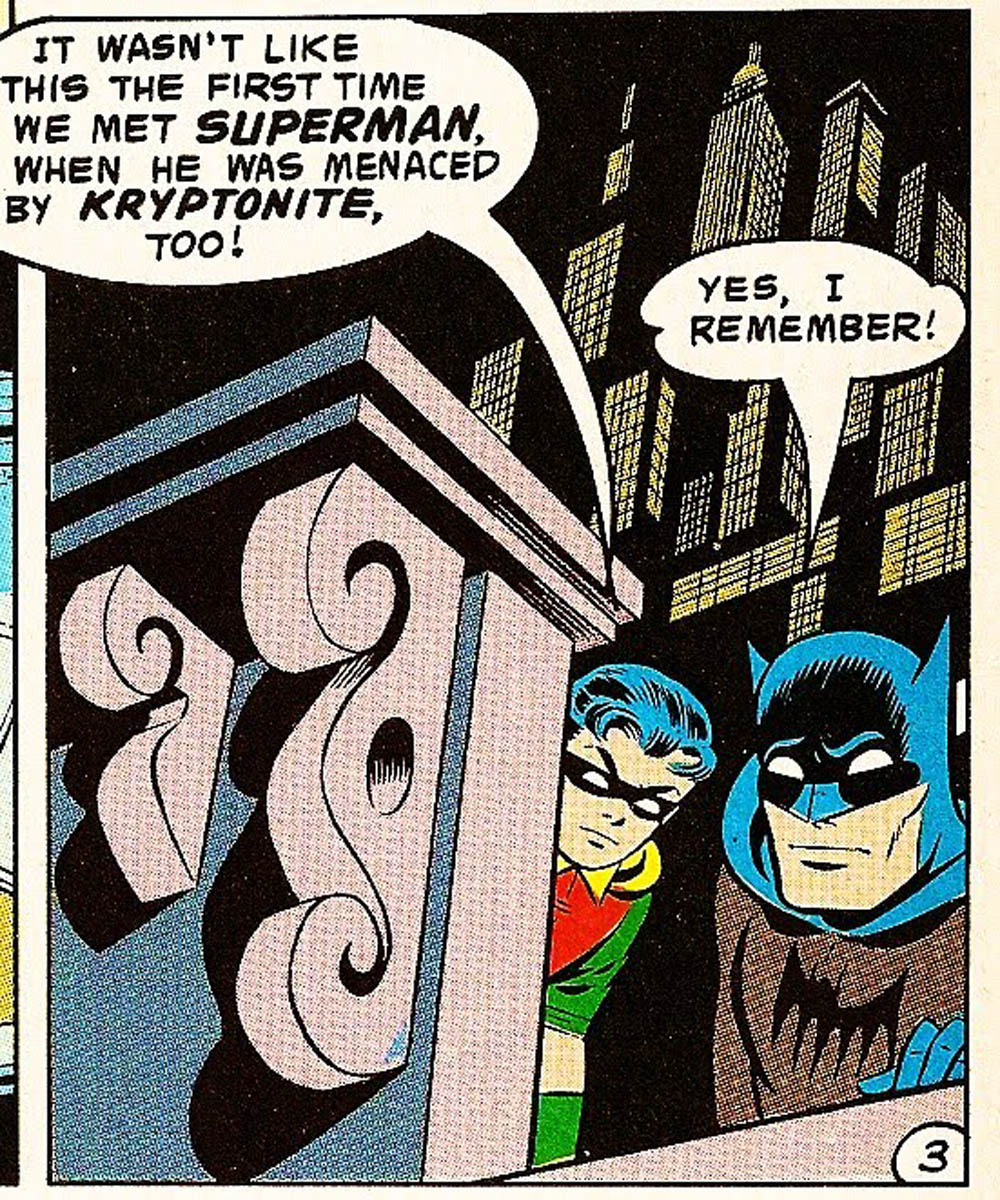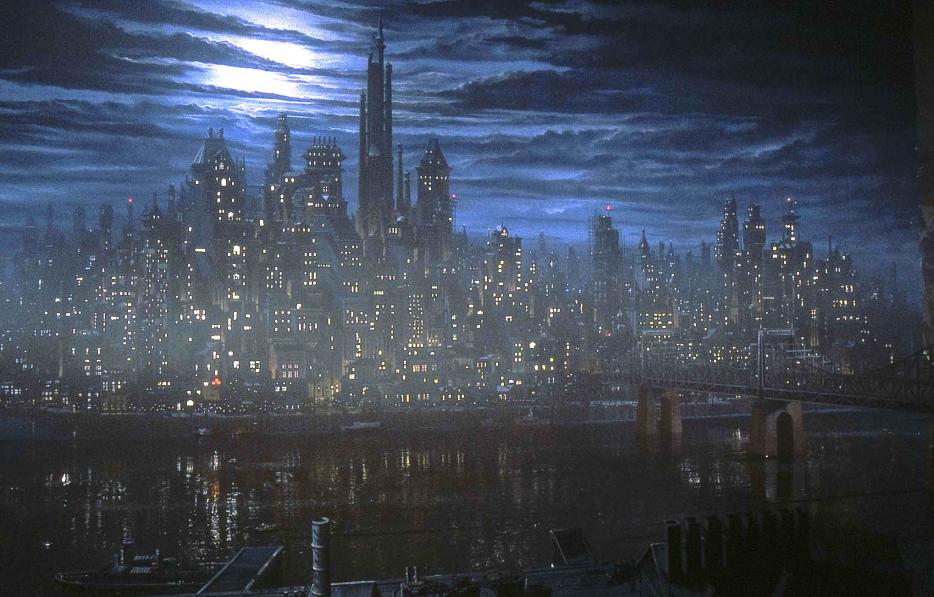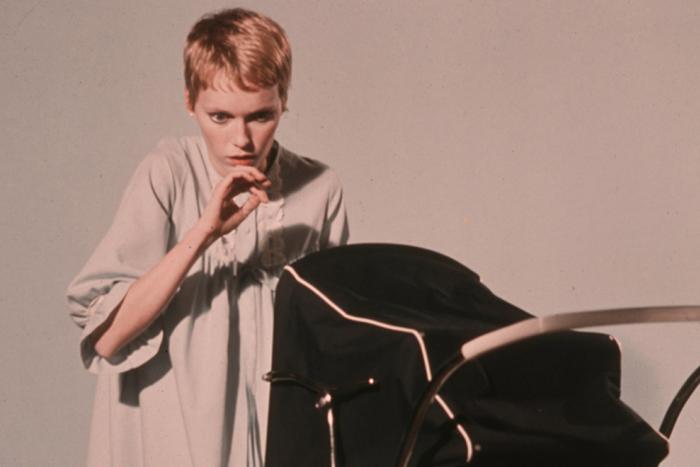Chip Kidd’s name can be seen in many editions of superhero comics, from Year One to Bat-Manga, but until this year it was always as a shaper, editor, and presenter of someone else’s work. Though the influential book designer may have conceived the title, Kidd’s name didn’t appear above it. His new Batman: Death by Design is the first graphic novel that Kidd wrote himself, drawn in an anachronistic colour-leached style by British artist Dave Taylor. It’s an idiosyncratic book (this is surely Batman’s first adventure featuring site-specific art), one whose aesthetic obsessions guide its form and plot alike: Kidd’s big murder mystery involves a civic struggle over the fate of decaying, derelict Wayne Central Station.
That imposing edifice, an Art Deco colossus, suggests the old Penn Station, if it had been spared demolition and left to fester like Detroit’s Michigan Central depot. Although Death by Design foregrounds architecture like no other Batman story, the caped crusader’s built environment has always had a singularly atmospheric presence. Comics writer Denny O’Neil once described his subject’s home as “Manhattan below Fourteenth Street at 11 minutes past midnight on the coldest night in November.” But Manhattan in 2012 is not the Manhattan of 1990 or 1930, and Gotham City has spent 75 years defying its own preservationists. These images are both a timeline and a map.

5. Metropolis was an obvious influence on Chip Kidd and Dave Taylor as well; their Batman wears a similar outfit as he did in the 1930s, their black-and-white panels are interrupted by mere hints of colour, and their version of the Joker looks like he was based on Fritz Lang’s sinister Dr. Rotwang. For once, the anarchic clown seems to be almost a secondary villain. Death by Design is a polemic about a city—the cast includes both spectral, enigmatic Exacto, a kind of costumed architectural critic, and an actual architectural critic—and its nemeses wield cantilevered glass rather than trick umbrellas or fear gas. The starchitect vying to demolish Wayne Central Station, Kem Roomhaus, fills Gotham with postmodern buildings like his airborne, sliver-thin Ceiling nightclub, as if the ultimate expression of wealth and power is going without walls at all. It’s a spectacle, at least, but the Joker is still better at those.






